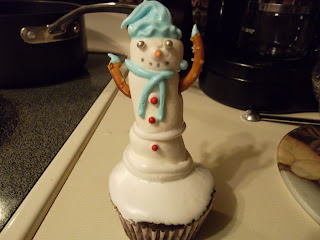So many yeast’s so little time! I recently came across a friend’s complaint about her bread not rising and this made me question the world of yeast. Wow did I get even more confused after reading up on all of them! There are so many different types of yeast that often make it difficult for a newbie baker to figure out. There is active, live, fresh, instant, cake, bread machine…..confused yet? It gets even more confusing…. Bread machine is the same as active. What’s the difference between active and instant you ask? Well instant is more potent and can be mixed in with dry ingredients (I love using this because I never have problems with my dough’s rising!) where as active needs to be mixed in with a little warm water to activate it and also note that yeast can go bad so if you’re using active make sure it is alive! So what about this fresh yeast? Well that is what professional bakers tend to use and if you happen to encounter a recipe calling for this you can use calculate the weight by 3 to figure out how much instant yeast to use! So what is cake yeast? Well cake yeast and fresh yeast are the same yeast and can be found in the refrigerated area in the grocery store! Are you more confused or less confused? It can get really confusing and what’s even more frustrating is that not all companies label them the same so one company could list active yeast as bread machine or rapid rise making it a little confusing for a new baker!
 So you have figured out the yeast you need and now you need to activate it… how do you do this? To proof active yeast, sprinkle the yeast over warm water (105-115 degrees F) and a pinch of sugar, and let it stand for 10 minutes until creamy and bubbly if it doesn’t become bubbly this means your yeast is dead and you need to try with a different packet!!
So you have figured out the yeast you need and now you need to activate it… how do you do this? To proof active yeast, sprinkle the yeast over warm water (105-115 degrees F) and a pinch of sugar, and let it stand for 10 minutes until creamy and bubbly if it doesn’t become bubbly this means your yeast is dead and you need to try with a different packet!!
Fresh yeast should be proofed in tepid water (80-90 degrees F) without contact with salt or sugar. This yeast type is a good choice for breads requiring a long cool rise, or for breads made using the sponge method. Just a reminder that fresh yeast won’t last more than 2 weeks and should be pale gray-brown, fragrant, soft and crumbly not hard, dark brown, or crusty!!!!






